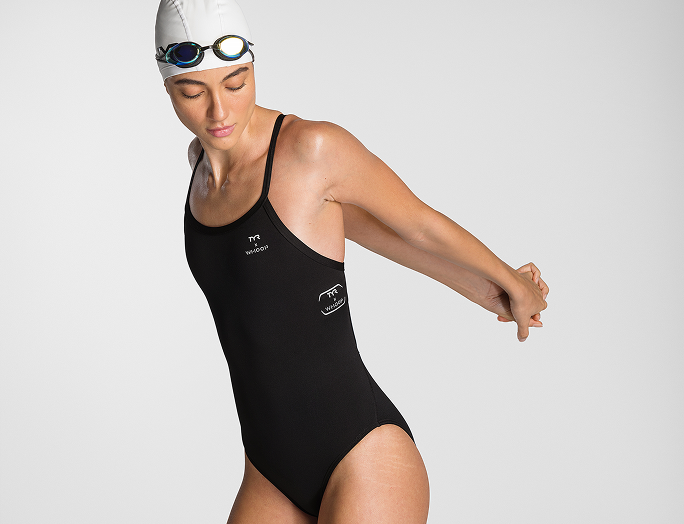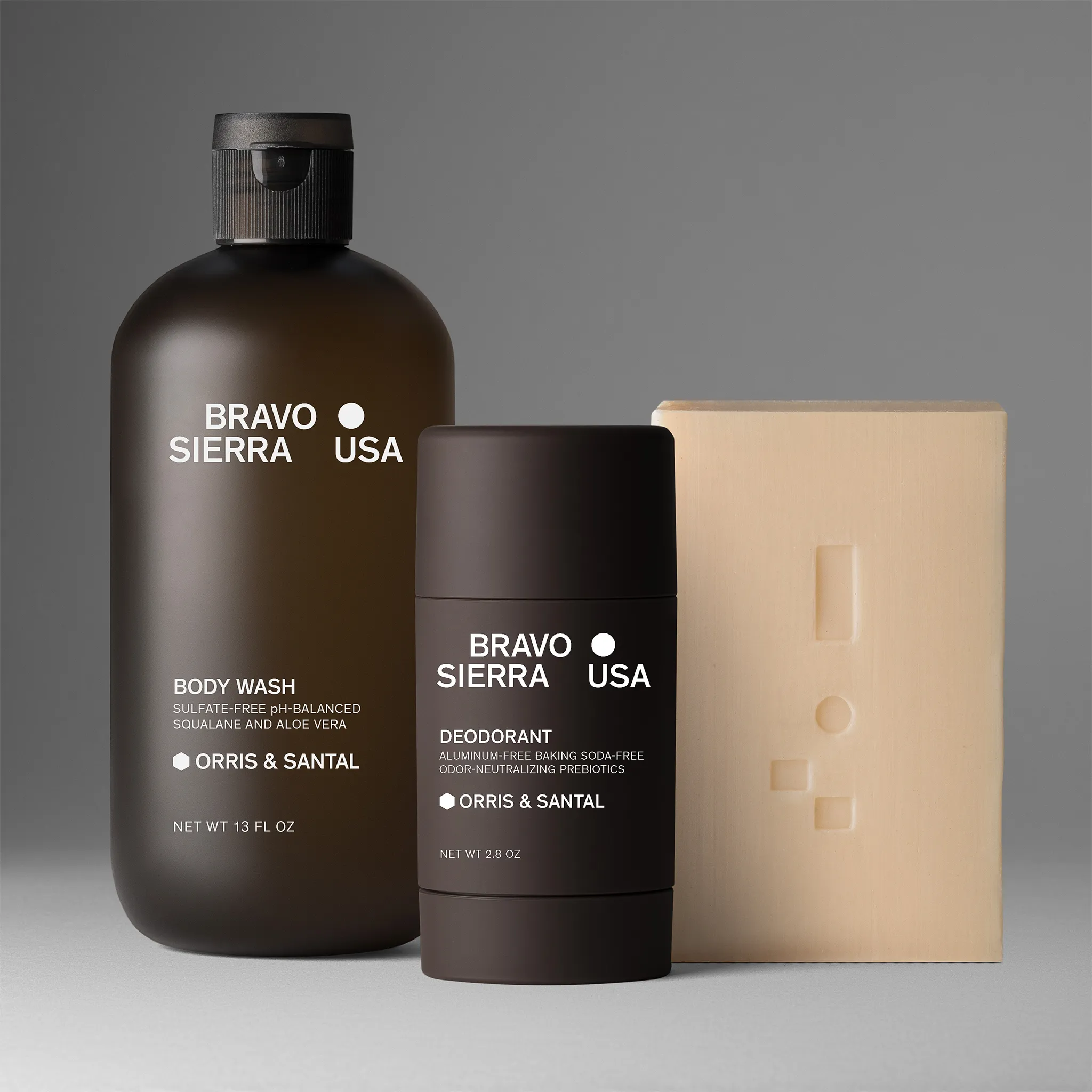The debut episode of Squaretalk Season 2 features not one but two industry experts. Stefanie Tacata, CEO & co-founder of Stateless NYC, and Evan Polivy, Director of Brand Development at Stateless NYC, share their experience building over 90 brands from ideation to product release.
00:42 – Consulting and incubator branches at Stateless NYC
Stateless Fashion Design and Consulting was founded in 2014, based on outsourcing design development and production management for apparel companies, as well as including brand development into the process. Instead of building a full inhouse team, a lot of companies don’t have that expertise or capital – so Stateless pulled together a team and built a wide vendor network so that they can work as an outsource team and consult along the way.
The primary objective is to establish brand DNA which involve, but not limited to - Master brands, brand style guides, website, lifestyle photoshoots and product shoots.
Stateless group – significantly lowers barrier to entry for a lot of starting brands. The venture arm of the business includes an incubator with an open application platform and works with 2 brands a year.
10:57 – What are you looking for in a brand that is applying to the incubator?
The two main missions are to support underrepresented founders and help develop a positive solution to a problem in the industry or the world at large. As an example, people often associate fashion with fine arts which is true for the most part, however apparel does not carry that association with it. There is untapped potential in exploring the boundaries of certain categories that may lead to whole new discoveries, or at least tangible success in terms of a business.
12:37 – How do you navigate through vendors? What are some of your criteria for building a network?
At the beginning, Stateless relied on the network that the team brought. The spirit of entrepreneurship is rising in the world of apparel; therefore, factories are starting to adjust to it. Before, it was difficult to find factories with low minimums (small batch production) so that small brands don’t buy too deep into their inventory. It quickly became a priority to begin building relationships with small batch factories in the US and abroad. Even if they weren’t in the small batch game, presenting them with why Stateless was beneficial to work with was essential – they provide them with a lot of business. When small brands are united under one umbrella, it is much easier to approach a factory regarding small batch production as opposed to that brand approaching individually and asking for it themselves.
16:01 – Production cycle benchmarks
There’s so much more than the artistic vision that it takes to build a brand. Reverse engineering into a cost target is really important in the strategy that Stateless takes. That comes from initial market research. When it comes to perceived competitors, it is vital to understand that the most likely competitor is not Nike, but the companies that match your stride in the initial stages of building a business. In general, establishing production cycle benchmarks is a very linear process – there are lots of ways to make it efficient but there is a milestone process that consists of 15 meetings that need to happen from kickoff to the goods in the distribution center.
18:32 – Interweaving branding into the production cycle
The most important benefit of including branding into the building process is that it establishes a system that will allow to maintain brand cohesion after launch. Consistency across all stages of interaction is imperative – it establishes overall identity, brand positioning, the founders’ voice and mission.
20:59 – Most recurring problems in the production cycle
As with most complex mechanisms, nuance takes center stage. Whether it be nuances between brand operations or the bigger world. Take for example sourcing - an issue for the entire industry that a pandemic catapulted to the highest priority. It’s all a matter of managing expectations – we are living in a world where there are delays. Building those delays into the plan is the soundest strategy.
24:27 – Crisis management (especially with time sensitive collections)
In time sensitive collections – it all comes down to the wholesale game. If a brand is wholesaling and you promised a delivery day to wholesalers, then that raises certain problems, however most brands are no longer tied to seasonality. A world market took care of that. Any time a founder puts self-inflicted deadlines on themselves, they invite problems to compound. There will be plenty of deadlines coming from other places.
COVID made lots of people learn a lot and learn quickly. Stateless learned to source sub-fabric. It might raise expenditure, or force a drop of styles, or push them off to a second collection and utilize blanks to fill out the line or change factories, but in spite of that – there is movement. If the set-up is done, that transition in manufacturing or in different vendors, will not be as catastrophic as it might have been with all the eggs in one basket. Owning your IP is always a huge benefit.
27:42 – Consequences of not owning your IP
It depends on the vendor base and what the factories or vendors you might be working with. There is a savviness that one needs to have while vetting different vendors. It is definitely a get what you pay for industry.
28:52 – How to stay cost effective and not close down
Make sure there is a budget a second and third collection, and not swoop it all into the first one. It is rare to see a brand finish their first collection and end up selling through. Another aspect to that is the world demands content on a daily basis in terms of social or website. “You might not have produced your first collection, and you may already be forced to start the design on your second one.”
It makes no sense to buy too deep into inventory. Even if raises cost per unit, keeping a lower inventory in the name of building brand recognition and brand equity is much more reasonable. Nobody turns a massive profit right off the bat. Producing 100 units per style per color is just fine even if the cost isn’t what you would like it to be in the future. It is best to make decisions based on cost rather than the need to perfect an item, or desire for a certain look or fabric.
Some people want to spend as little as possible on branding, and then it is just a matter of wasting money on the product because it will not be presented it in a way that justifies the quality of the product. “The circumstances in which you don’t necessarily have to spend too much on branding is when you have something that really revolutionary or useful – then you can just bluntly showcase it. But usually, if it’s something that is about selling a lifestyle or a vibe, culture or feeling – if you don’t put a bunch of good talent into building out a world for that brand – it’s just going to fall flat. Yes, it costs more up front, but it’ll put you in a much better position to sell.”
33:22 – Approach to content and photography
Depending on the type of brand – a luxurious lifestyle takes a whole lot more money to sustain content for, rather than something more basic.
20% of the branding budget is a decent starting point to allocate on content. That includes product photography, lifestyle photography and video. Blog articles, written copy and Instagram posts all fall into that category as well.
44:25 – Education of brands and most important initiatives (Upcycling)
Stateless has been thinking of including ways of upcycling – not in the way of “we’re a brand that upcycles” but “we’re a brand that is trying to fill out the rest of the line with things that have been upcycled – reimagined”. That way the environment wins, but the development budget and inventory win as well.
47:12 – Advice for the preparation phase of starting a brand
Research! So many founders think that whatever their idea is, does not exist in the market, but upon further inspection, see that there are at least 200 that have done it before. That’s not to say you can’t launch that brand, you just have to develop a different direction.
“Look at pricing, what they’re doing with their brands. Read their Instagram comments or advertising to see what the feedback is on their own content and use that – use other peoples’ mistakes as a jumping off platform.”
Understand that this is the world of business, so having a core understanding of what does cash-in and cash out mean, what the operating expenses are, why it is important to spend upfront on development are all questions that need to be asked at every step of the way.
There are incremental steps that need to be taken that will allow the business side to snowball.
“You can’t be a perfectionist. Nothing will ever be perfect, ever – so you need to be flexible. Understanding that close to your vision is typically good enough. Compromise will be a part of the process.”
50:17 – How do you stand out in terms of branding?
“Sometimes there are cases where you look at the competition and realize – nobody is doing it well, and it recurs more often than you think. Nobody takes the thorough approach to branding – good sense of typography, spacing, quality photography and good messaging that is well thought out and has personality.”
A lot of companies just do not do these branding fundamentals. They might not know to do it or have the team in place to do it. It is entirely feasible to stand out just by taking a high-quality approach.
Product A
SQUARE SHOT

































